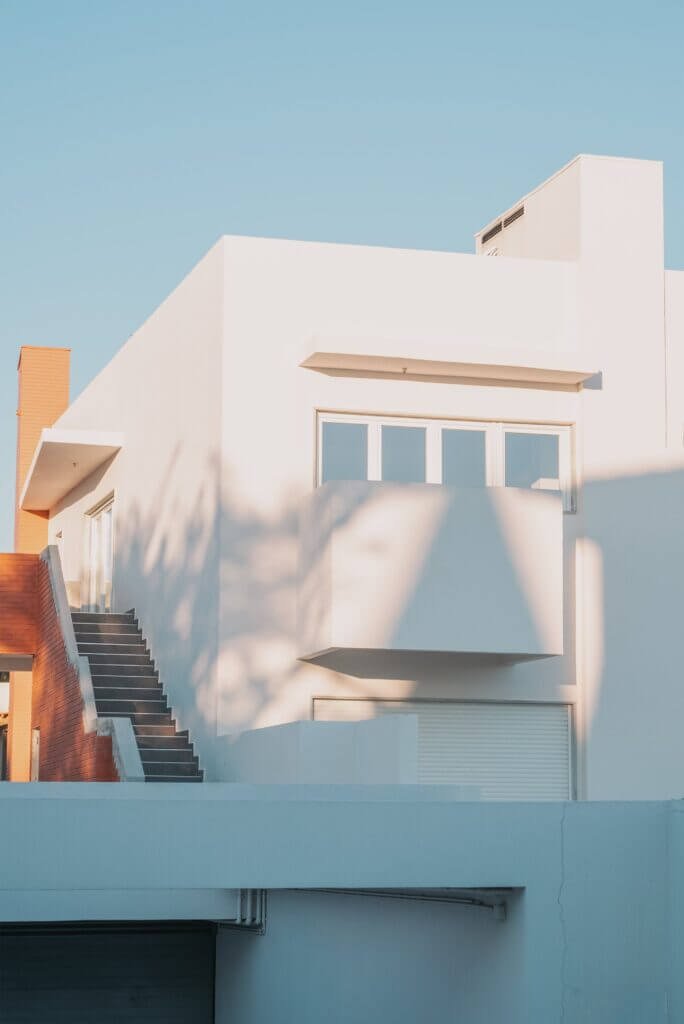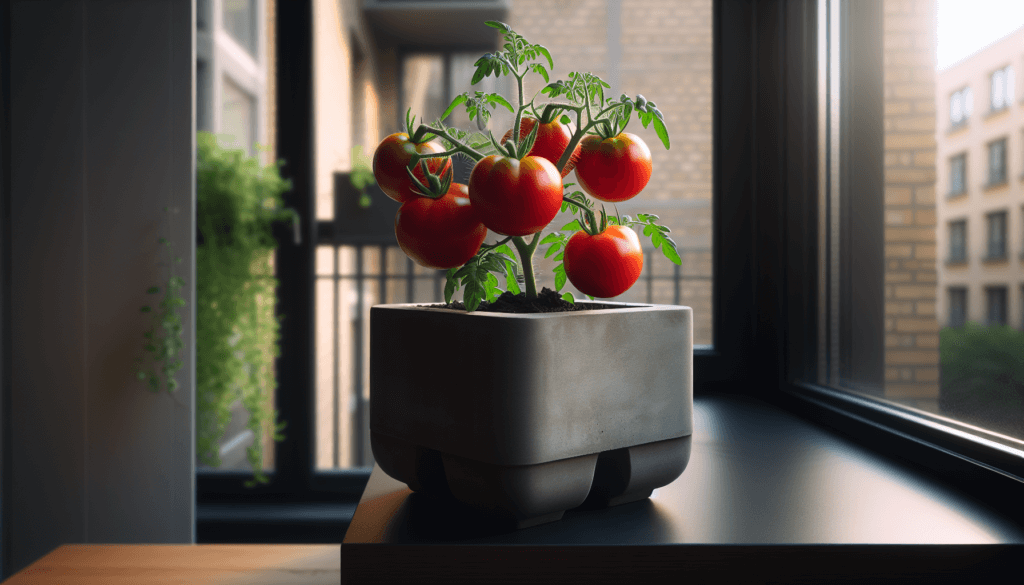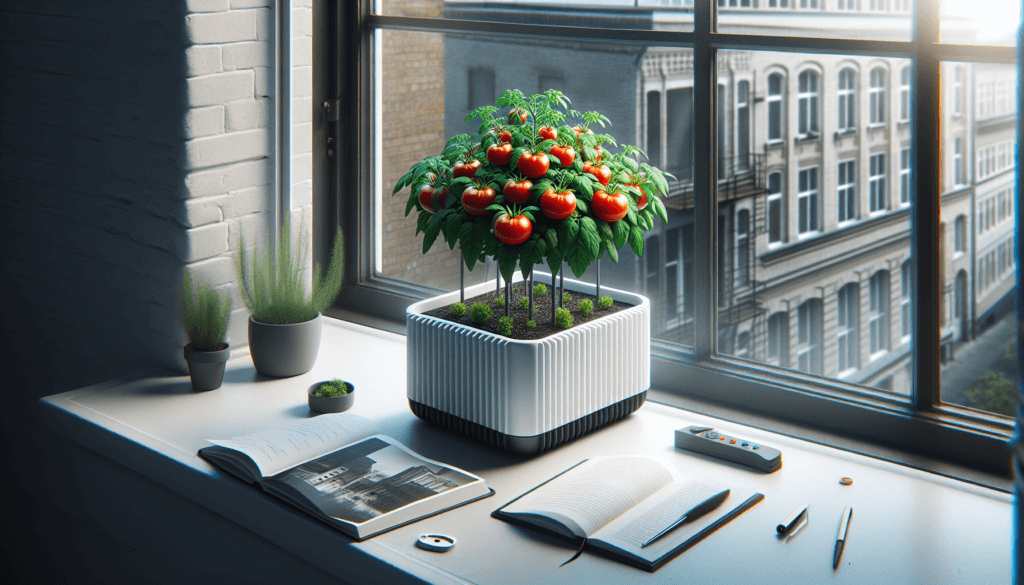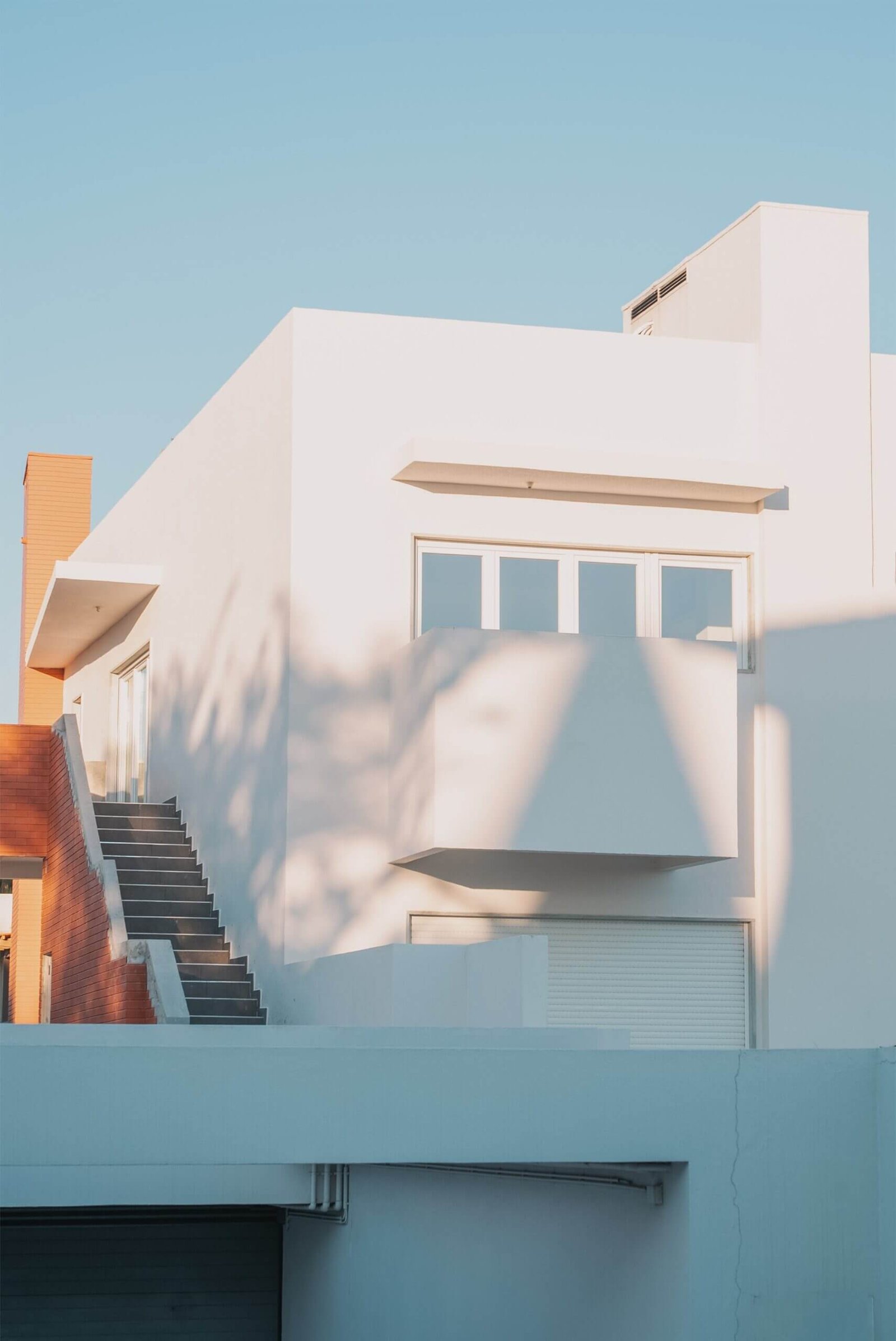If you’ve ever dreamt of having your own garden amidst the hustle and bustle of a city, then this article is for you. Discover the essential elements required to create an urban oasis, right on your doorstep. From the right planters to suitable soil, we’ll guide you through the key ingredients for a thriving urban garden. So, grab your gardening gloves and get ready to transform your concrete jungle into a lush green haven.
Choosing the Right Location
Consider Sunlight Conditions
When selecting the location for your urban garden, it is essential to consider the sunlight conditions. Most plants require at least six hours of direct sunlight per day to thrive. Observe the areas of your space that receive the most sunlight throughout the day and choose a location that provides adequate sun exposure for your plants.
Assess the Soil Quality
Soil quality plays a crucial role in the success of your urban garden. Different plants have different soil requirements, so it is necessary to assess the soil quality in your chosen location. Conduct a soil test to determine its pH level and nutrient content. Based on the results, you can amend the soil with compost or fertilizer to ensure optimal growing conditions for your plants.
Evaluate Space Availability
Urban gardens often have limited space, so it is vital to evaluate the availability of space before starting your garden. Consider the size and number of plants you wish to grow and ensure that your chosen location can accommodate them. You may need to make use of vertical gardening techniques or utilize containers to maximize space utilization efficiently.
Selecting Suitable Plants
Identify Suitable Plant Varieties
When selecting plants for your urban garden, it is essential to identify varieties that are well-suited for your specific needs and conditions. Consider factors such as the size of the plant, the length of the growing season, and the amount of maintenance required. Opt for plants that are known for their successful growth in urban environments, such as herbs, leafy greens, and compact fruit trees.
Consider Climate Compatibility
The climate of your region is also a crucial factor in plant selection for your urban garden. Different plants thrive in different climates, so it is important to choose varieties that are compatible with your local conditions. Research which plants are best suited for your climate zone, and ensure that they can tolerate the temperature ranges and seasonal variations in your area.
Check for Disease Resistance
To ensure the long-term health of your urban garden, it is important to select plants that are disease-resistant. Look for plant varieties that are known for their resistance to common garden pests and diseases. This will help reduce the need for chemical pesticides and ensure a healthier, more sustainable garden environment.

Preparing the Soil
Clearing the Area
Before you start preparing the soil for your urban garden, it is essential to clear the area of any debris or unwanted vegetation. Remove any grass, weeds, or rocks that may obstruct your planting space. This will provide a clean canvas for your garden and prevent competition between your plants and existing vegetation.
Removing Weeds and Debris
Once the area is cleared, take the time to remove any persistent weeds or debris that may still be present. Weeds can compete with your plants for nutrients and water, so it is crucial to eliminate them before planting. Clearing away debris will also help improve the aesthetic appeal of your garden and create a clean and inviting space.
Loosening the Soil
To ensure optimal root growth and allow for proper drainage, it is important to loosen the soil in your urban garden. Use a garden fork or a tiller to break up compacted soil and create a looser texture. This will improve water infiltration and root penetration, promoting healthy plant growth and preventing waterlogging.
Providing Adequate Drainage
Install Drainage Systems
In urban environments, creating adequate drainage systems is crucial for the health of your garden. If your chosen location has poor natural drainage, consider installing drainage systems such as French drains or perforated pipes. These systems will help prevent waterlogging and the associated root rot, ensuring the optimal growth of your plants.
Use Raised Beds or Containers
Another effective way to provide adequate drainage in your urban garden is by using raised beds or containers. Raised beds allow for better control of soil moisture levels and prevent issues related to poor drainage. Containers with drainage holes also ensure proper water flow and prevent waterlogging. Utilize these options if your space or existing soil conditions make it difficult to establish good drainage.
Choose Well-draining Soil
When it comes to choosing soil for your urban garden, opt for a well-draining mixture. This will prevent water from accumulating around the roots of your plants and causing them to rot. Look for soil blends that include organic matter such as compost, peat moss, or perlite, as these materials improve drainage and provide additional nutrients to your plants.

Ensuring Proper Watering
Install Irrigation Systems
In an urban garden where time and space are often limited, installing an irrigation system can be a game-changer. Drip irrigation or sprinkler systems can provide consistent and efficient watering to your plants, reducing the need for manual watering. This also helps prevent overwatering or underwatering, ensuring that your plants receive the right amount of moisture.
Watering Techniques for Containers
If you are utilizing containers in your urban garden, it is important to use proper watering techniques. Containers tend to dry out more quickly than garden beds, so frequent and regular watering is necessary. Ensure that your containers have drainage holes and water thoroughly until water runs out of the bottom. Monitor the moisture levels regularly and adjust your watering schedule accordingly.
Consider Rainwater Harvesting
In an effort to conserve water and sustainably manage your urban garden, consider implementing rainwater harvesting techniques. Install rain barrels or a rainwater harvesting system to collect and store rainwater. This harvested water can then be used to water your plants, reducing your reliance on municipal water supplies and promoting a more ecological approach to gardening.
Managing Pests and Diseases
Identify Common Urban Garden Pests
Pests can pose a significant challenge in urban gardening, but it is important to identify and understand the common pests that may affect your plants. Some common urban garden pests include aphids, caterpillars, slugs, and snails. Regularly inspect your plants for signs of pest damage and take appropriate measures to control and prevent infestations.
Natural Pest Control Methods
Taking a natural approach to pest control is not only beneficial for the environment but also safer for your plants and yourself. Consider using natural pest control methods such as companion planting, using beneficial insects, or making homemade pest repellents. These methods can help deter pests without the need for harsh chemicals, ensuring a healthier and more environmentally friendly garden.
Maintaining Plant Health
Keeping your plants healthy is essential in preventing pest and disease issues in your urban garden. Practice good garden maintenance by regularly inspecting your plants for signs of stress or disease. Provide adequate nutrition through proper fertilization and ensure optimal growing conditions. Healthy plants are more resilient to pests and diseases, making it easier to maintain a thriving urban garden.

Implementing Vertical Gardening
Utilizing Wall Space
Vertical gardening is an excellent way to maximize space in your urban garden. Utilize walls or fences by installing trellises, espalier systems, or hanging baskets. Train climbing plants, such as tomatoes, cucumbers, or passionfruit, to grow vertically along these structures. This takes advantage of otherwise underutilized space and adds visual interest to your garden.
Choosing Suitable Vertical Structures
When implementing vertical gardening, it is important to select suitable structures that can support the weight of your plants. Sturdy trellises or pergolas made of materials such as metal or wood are reliable options. Ensure that your chosen vertical structures are securely anchored to prevent any damage caused by wind or heavy plant growth.
Selecting Plants for Vertical Gardens
Not all plants are suitable for vertical gardens, so it is essential to choose varieties that can thrive in an upright position. Look for plants that have an upright growth habit, such as vining vegetables, climbing flowers, or trailing herbs. Remember to provide adequate support and training for these plants as they grow, ensuring they have the necessary support to flourish.
Utilizing Container Gardening
Selecting the Right Containers
Container gardening is a popular choice for urban gardening due to its versatility and adaptability. When selecting containers for your urban garden, choose ones that are made of durable materials such as terracotta, plastic, or fabric. Consider the size, depth, and drainage capabilities of the containers to ensure they can accommodate the specific needs of your plants.
Choosing Appropriate Soil Mixes
The right soil mix is crucial for the success of your container garden. Opt for lightweight potting mixes that provide good drainage and aeration for the plant roots. These mixes usually include peat moss, perlite, vermiculite, and compost. Avoid using garden soil in containers, as it tends to be heavy and may lead to poor drainage and restricted root growth.
Providing Proper Drainage
Proper drainage is essential for container gardening. Ensure that your containers have drainage holes to allow excess water to escape. Place saucers or trays under the containers to catch the drained water and prevent it from stagnating. This will prevent root rot and waterlogging, ensuring the overall health and vitality of your containerized plants.

Supplementing with Artificial Light
Types of Artificial Lighting
In urban environments where natural light may be limited, supplementing with artificial light can help plants grow successfully. There are various types of artificial lighting options available, including fluorescent lights, high-intensity discharge (HID) lights, and light-emitting diodes (LEDs). Each type has its own pros and cons, so research and choose the one that best suits your needs and budget.
Determining Light Requirements
Different plants have different light requirements, so it is important to understand the specific needs of your chosen plants. Some plants thrive in full sun, while others prefer partial shade. Determine the light requirements of your plants and ensure that your artificial lighting setup can provide the necessary intensity and duration to support their growth.
Setting up Grow Lights
To effectively supplement natural light, set up your artificial lighting system in a way that mimics the sun’s intensity and duration. Position the grow lights at the appropriate distance from your plants to provide sufficient light without causing heat stress or burning. Use timers to regulate the duration of the light exposure, ensuring that your plants receive the right amount of light each day.
Regular Maintenance and Care
Weeding and Pruning
Regular weeding is crucial for maintaining the health and appearance of your urban garden. Remove any weeds that may compete with your plants for water, nutrients, and space. Pruning is also important for preventing overcrowding and encouraging proper growth. Trim dead or damaged foliage and prune plants to maintain their shape and size.
Fertilizing and Mulching
To ensure that your plants receive the necessary nutrients, regularly fertilize your urban garden. Choose organic fertilizers that are suitable for your plant varieties, and follow the recommended application rates. Mulching is also beneficial in urban gardens as it helps retain moisture, suppress weeds, and regulate soil temperature. Apply organic mulch around the base of your plants to reap these benefits.
Monitoring for Watering and Nutrient Needs
Regular monitoring of your urban garden is essential for maintaining its health. Check the moisture levels of the soil regularly to ensure that your plants are optimally watered. Adjust the watering frequency and amount as necessary. Monitor your plant’s nutrient requirements and adjust your fertilization routine accordingly. Good observation and timely action will help prevent issues and promote the overall well-being of your garden.
By understanding and implementing these steps, you can create a thriving and productive urban garden. Whether you have limited space or challenging environmental conditions, these strategies will help you overcome the obstacles associated with urban gardening. Get ready to enjoy the many benefits of growing your own food and creating a lush green oasis in the heart of the city!



